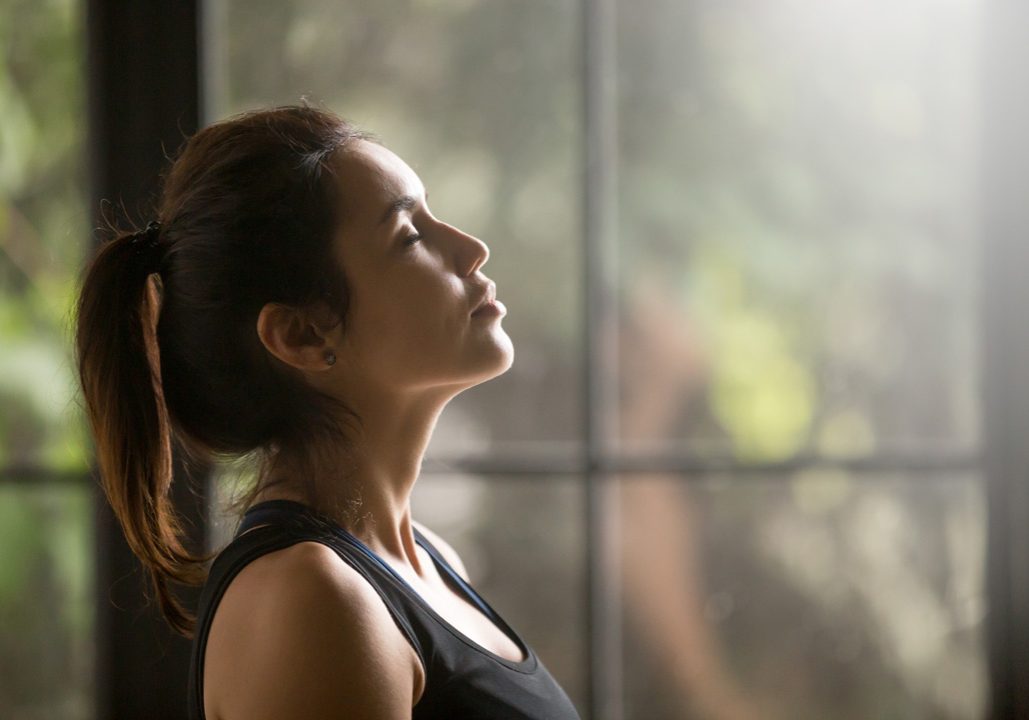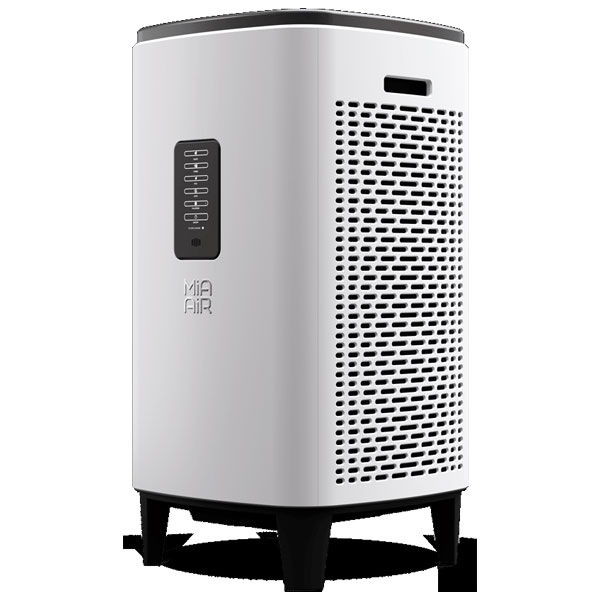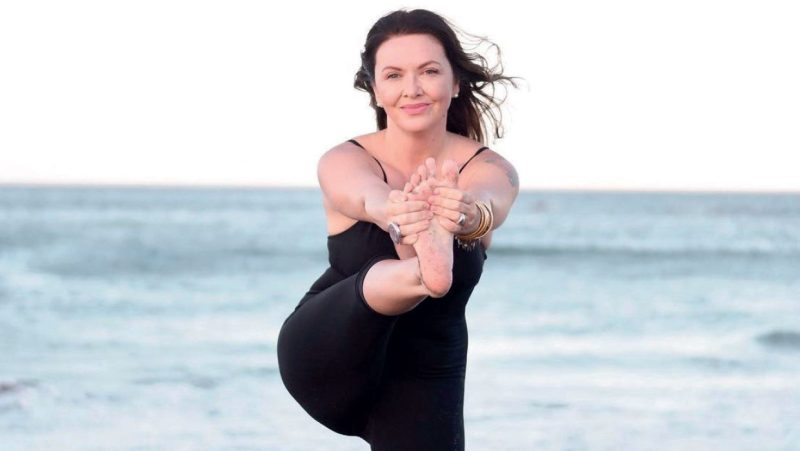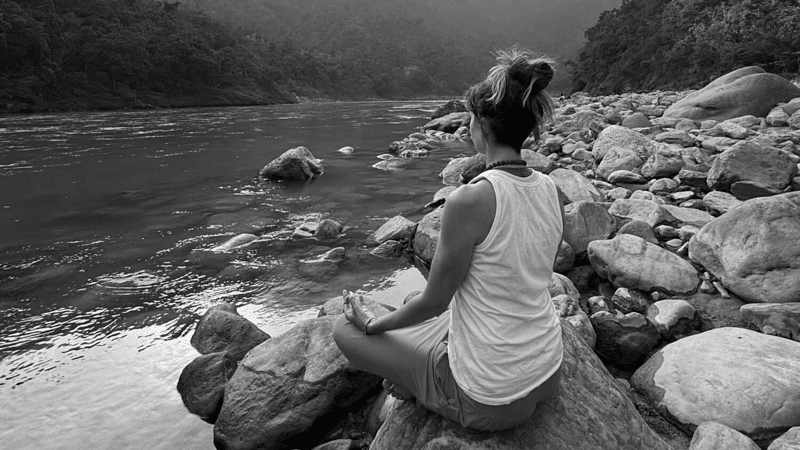
Health & safety
Teaching hot yoga: creating a safe and healthy environment
As we continue to ease out of lockdown, the return of yoga in the studio is essential as part of the nation’s return to normality and looking after our health and wellbeing. Providing a safe and healthy environment in which to practice has never been more important, to ensure both instructors and students are confident to return to classes. Since 2008 Humidity Solutions has provided humidification and heating solutions to over 120 studios in the UK, gaining years of experience on how to achieve good temperature and humidity control in a variety of different buildings.
Temperature and humidity
The amount of moisture the air can hold varies with its temperature — the warmer the air the more moisture it can hold. This means there is an interdependent relationship between air temperature and moisture content and, to reflect this, the humidity level is expressed as ‘relative humidity’ (RH). For example, 50% RH means the air is holding 50% of its maximum moisture-carrying capacity. 100% would be fog: saturated with no additional moisture-carrying capacity.
Health and humidity
Humidity control of the hot yoga environment is as important as temperature control. Hot yoga studios have embraced temperature and humidity control to ensure that at around 40°C the air is pleasant to practice in, creating a great environment without feeling dry and dehydrated.
The humidity encourages healthy sweating, as perspiration does not evaporate as quickly at a humidity of over 40% RH as it would in drier air. This ensures maximum benefits from the yoga session.
Fortunately, the humidity control in the studio also contributes towards creating a healthy environment, as well-documented research shows that humidity of between 40–60% RH reduces the likelihood of airborne transmission of harmful bacteria and viruses. This occurs because the aerosols containing the harmful bacteria attach to the water droplets in the more humid air and drop to the floor or surface quicker, where they can be cleaned or wiped away.
Air quality
Whilst maintaining RH at 40–60% is proven to reduce the spread of airborne viruses and bacteria, there is clearly also a desire to reduce the level of these harmful air particles in the first place, by improving the overall indoor air quality.
This can be achieved through air filtration and purification, literally cleaning the air that circulates through the studio.
Solutions
There are a wide range of humidification solutions, from humidifiers that use heat from gas or electricity to generate steam through to high-pressure nozzle systems that spray cold water into the air as a fine mist so that it evaporates instantly. The steam or mist may be introduced directly into the air in the studio, or it may be added to the fresh air being introduced by the ventilation system.
To improve indoor air quality, a powerful mobile air purifier will add extra reassurance. Humidity Solutions supplies a commercial-standard air purifier unit designed for an environment such as a yoga studio or office. The unit comes with a HEPA filter (used in hospitals and cleanrooms) to remove bacteria, dust and viruses from the air plus a carbon filter to remove odours.
The air purifier also has built-in sensors which relay the information to an app to show you the VOC (chemicals in the air from paint or furniture), PM2 (particle size including viruses), CO2 (carbon dioxide), temperature and humidity, allowing you to monitor and control remotely. The unit automatically varies its six fan speeds and will change the air up to three times an hour in a standard studio of 200m3. So, whether your studio is designed for just hot yoga, or any other type of yoga, through both humidification and air purification you can create the ideal environment, providing peace of mind that you are ensuring the safest and healthiest air quality for all participants.
The important thing is that the chosen solution suits the size of the studio, the nature of the building and its utilities — and the potential variation in occupancy between classes. The latter criterion is essential for optimising the energy efficiency, and therefore the running costs, of any system.
John Barker (humiditysolutions.co.uk)






